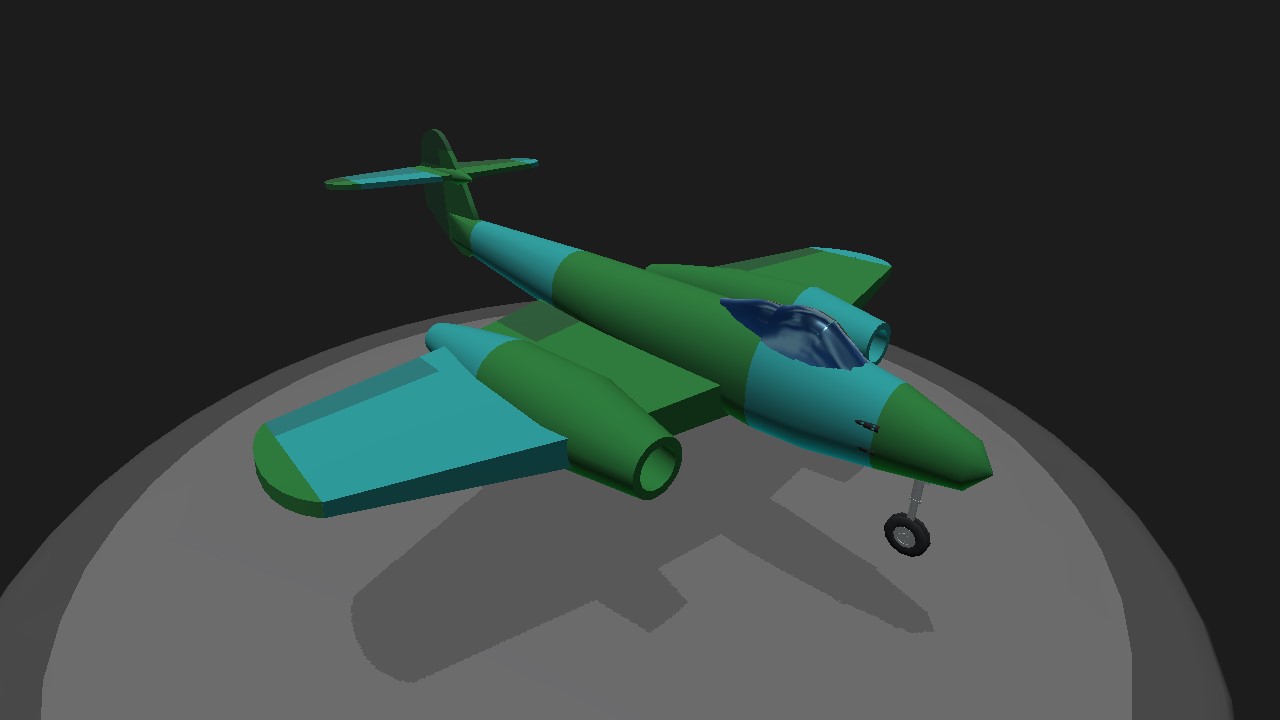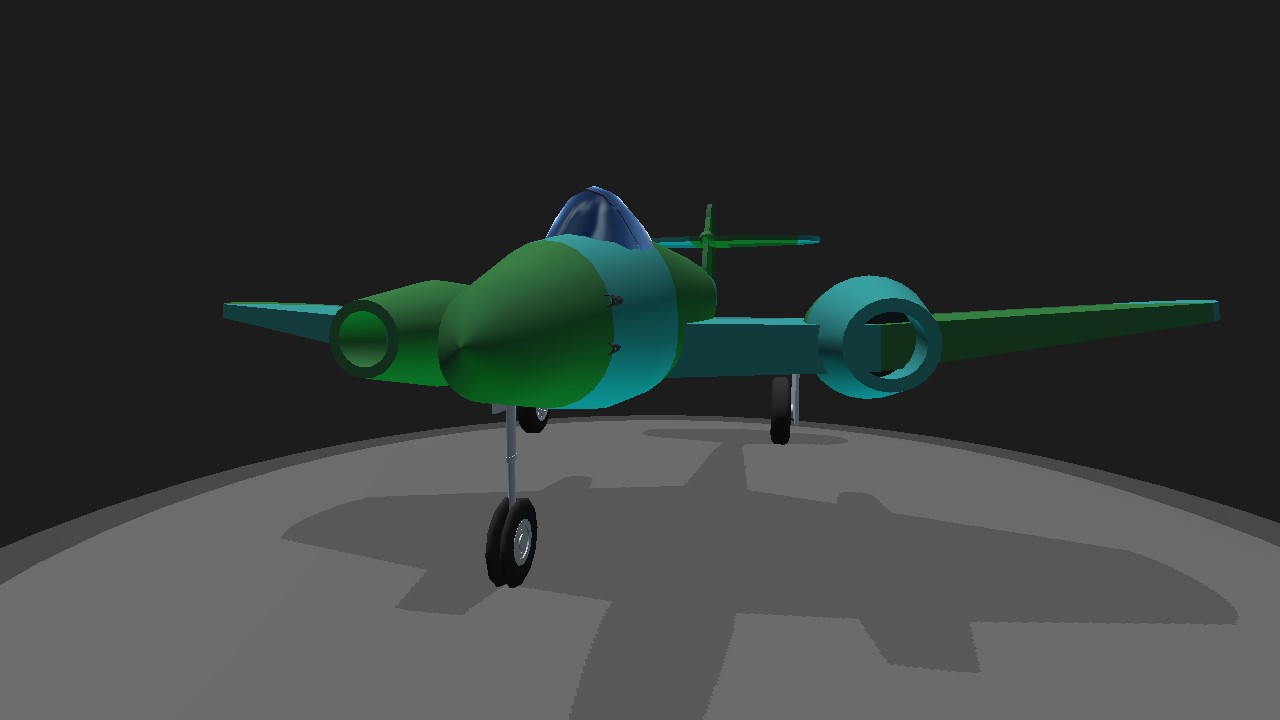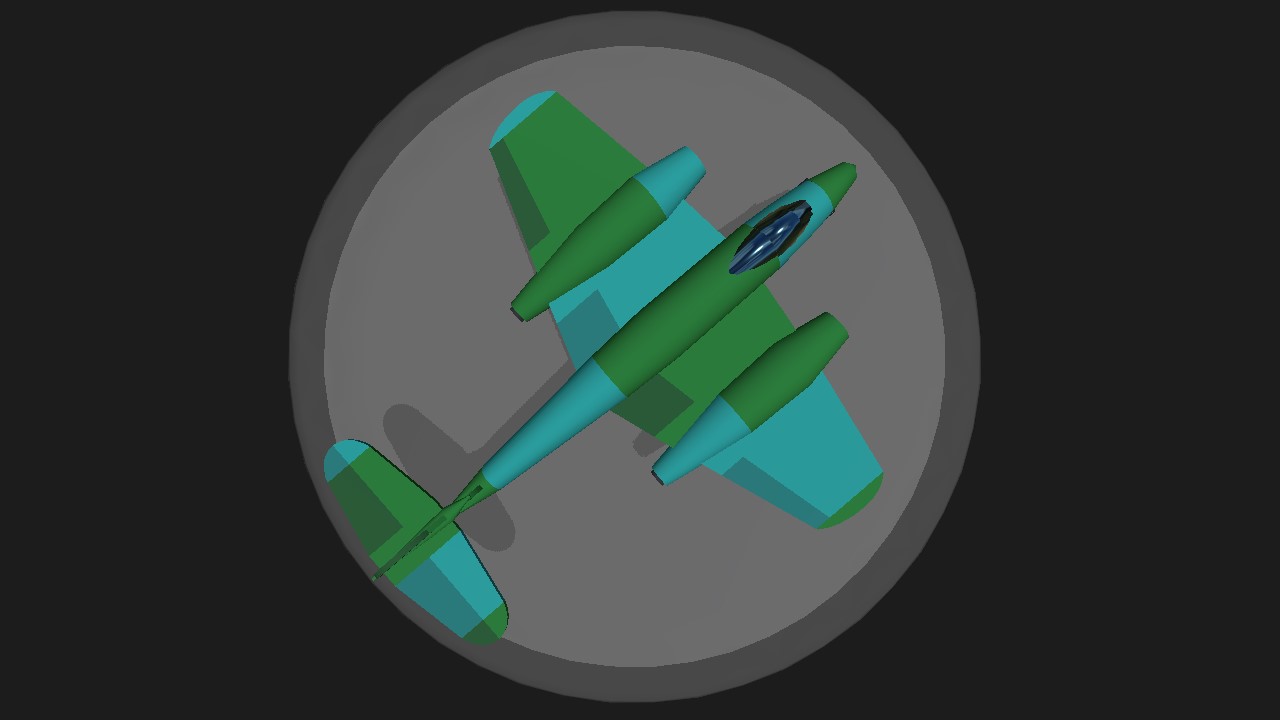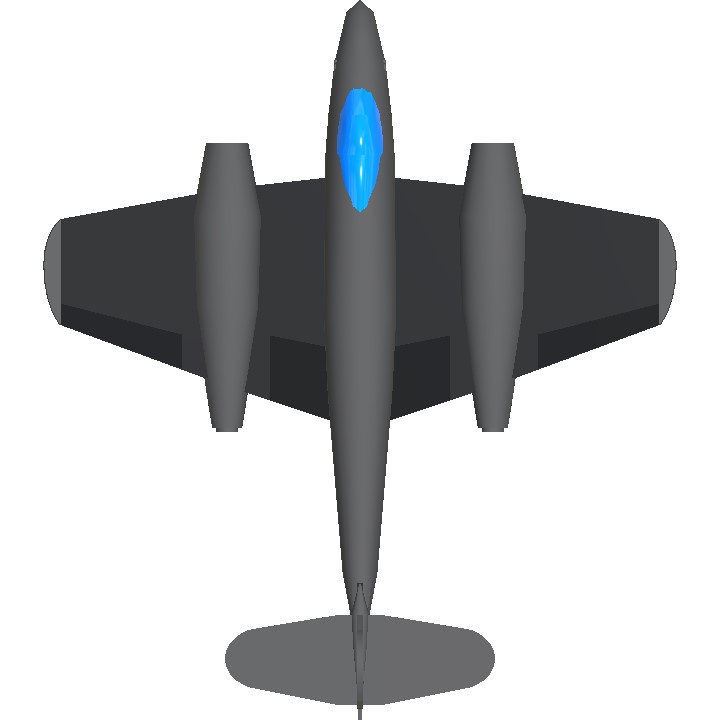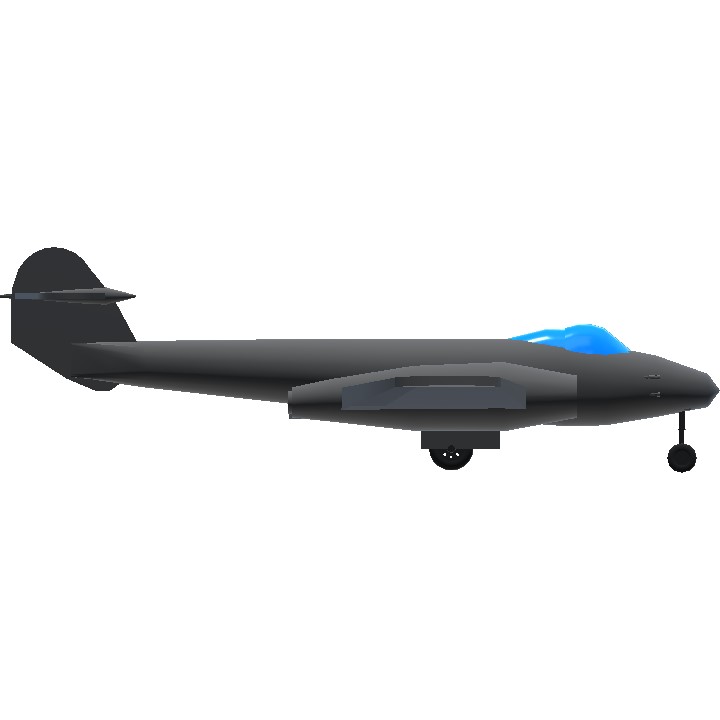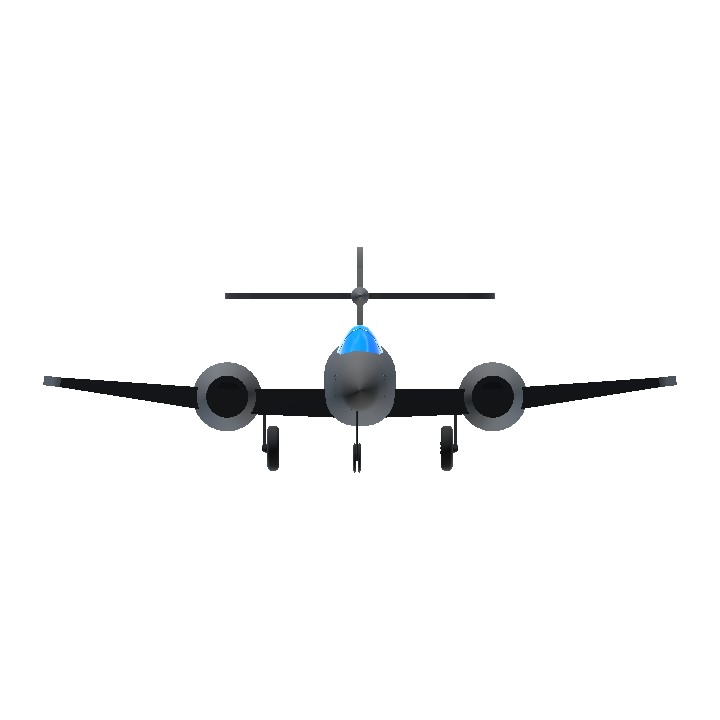This aircraft makes me wonder if there are "Allies46" or something~
Gloster Meteor
The Gloster Meteor, Britain's first operational jet fighter, holds a significant place in aviation history, a testament to British ingenuity and wartime determination. Unlike its Allied counterparts, who relied on captured German technology to develop their early jets, the Meteor's design and development were entirely British, born from the intense pressure of the Second World War. Its initial flights began in 1943, a pivotal moment, as it gave the RAF a much-needed edge in the face of increasingly advanced German aircraft. While it didn't see widespread action against the Luftwaffe in the European Theater (the war ended before it could become a major player in that conflict), its post-war service proved its worth.
The Meteor's design, characterized by its twin Rolls-Royce Welland (later Beryl and Derwent) turbojet engines, was relatively straightforward, prioritizing reliability and production efficiency over extreme performance. This pragmatic approach allowed for rapid mass production, a crucial advantage during the war. Its straight wings, robust airframe, and capable handling qualities made it a favorite among pilots. Though it didn't possess the sleek, aerodynamic lines of some later jet fighters, its overall design proved both effective and durable.
While often overshadowed by the more glamorous piston-engine fighters and the later, more technologically advanced jets, the Meteor's contributions are undeniable. It served as the backbone of the RAF's fighter squadrons in the immediate post-war era, proving its versatility in various roles. It was used for ground attack, interception, and even reconnaissance missions. Furthermore, later variants, such as the Meteor NF Mk.11 and NF Mk.14 night fighters, incorporated advanced radar technology, highlighting the aircraft's adaptability and continued development.
Beyond its operational role, the Meteor's legacy is also linked to its impact on the development of British aviation technology. Its production and operational experience provided invaluable data and lessons learned that contributed to the design and production of later, more sophisticated British jets.
Possible Aircraft Nicknames:
"The First Brit": A simple, but effective nickname highlighting its status as Britain's first operational jet fighter. Discussions would likely focus on its historical significance and the challenges of its development.
"The Straightwing": A simple description referencing its distinctive straight wings, potentially sparking debates on the design choices and trade-offs compared to swept-wing aircraft.
"The Steady Eddie": Highlighting the Meteor's stable flight characteristics and predictable handling, leading to discussions about its pilot friendliness.
"The Post-War Prowler": Reflecting its prominent role in post-war RAF activities. Discussions could focus on its different roles in the post-war period.
"Post-War Phantom": Another dramatic and evocative name, this reflects its role as a critical component of the post-war RAF and the stealthy nature of its interception capabilities.
"Reliable Rocket": Highlighting its robust build and dependable performance, this nickname speaks to the aircraft's reputation for consistent service.
"Silver Streak": This alludes to the aircraft's metallic finish and the enhanced speed.
- About the variant
Meteor F.3 (formerly Mk.III) Derwent I powered, with sliding canopy. First flown 11 September 1944, 210 built (first 15 were Welland-powered).
C O N T R O L S
Trim : Flaps, cruising 'rotate' adjuster
VTOL : Further flaps
Specifications
General Characteristics
- Created On Android
- Wingspan 34.4ft (10.5m)
- Length 39.1ft (11.9m)
- Height 12.3ft (3.7m)
- Empty Weight 7,817lbs (3,545kg)
- Loaded Weight 11,428lbs (5,183kg)
Performance
- Power/Weight Ratio 0.63
- Wing Loading 18.3lbs/ft2 (89.2kg/m2)
- Wing Area 625.7ft2 (58.1m2)
- Drag Points 2023
Parts
- Number of Parts 77
- Control Surfaces 7
- Performance Cost 522

